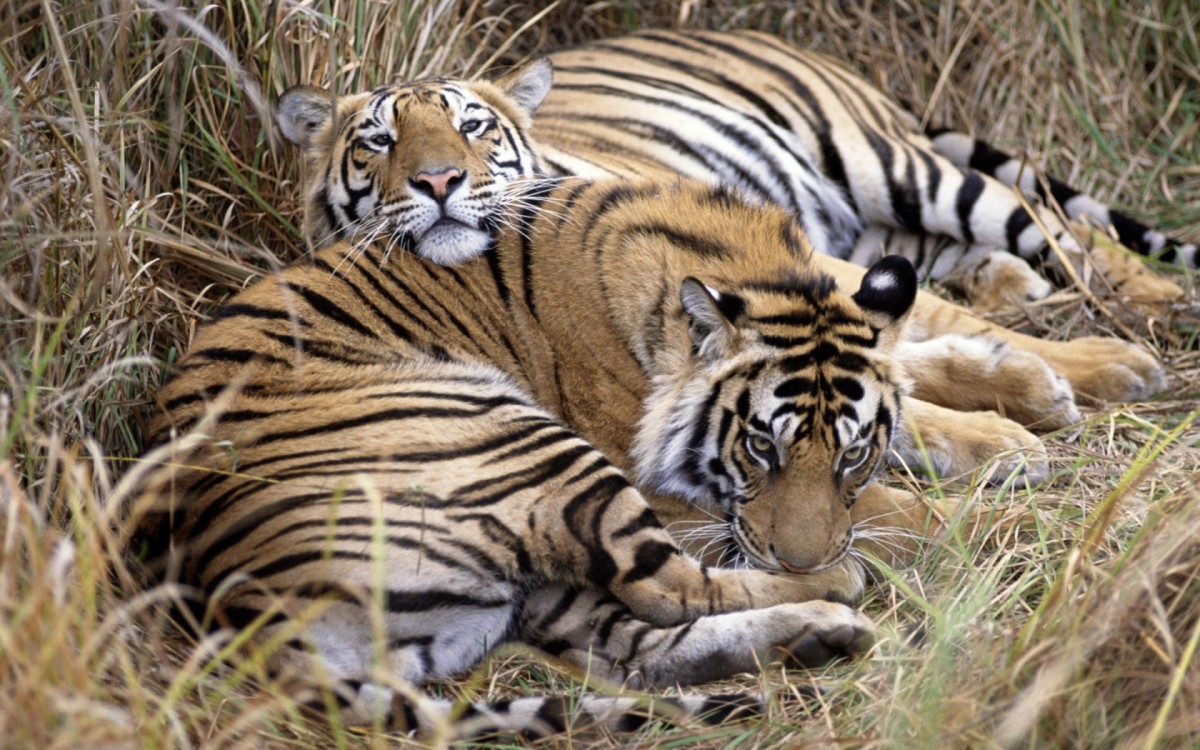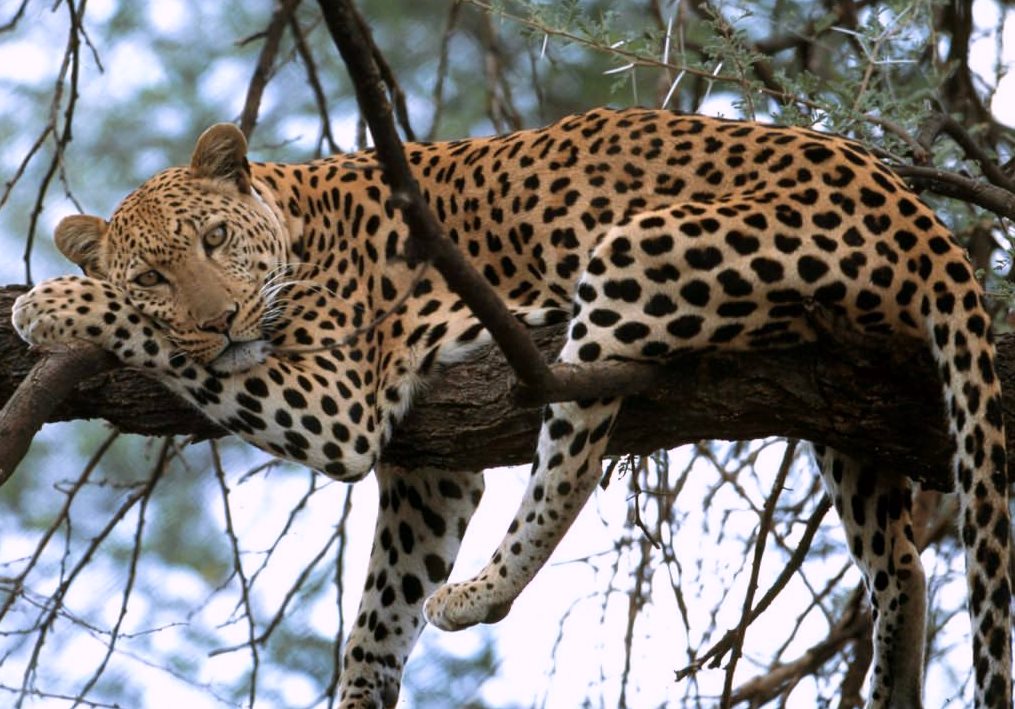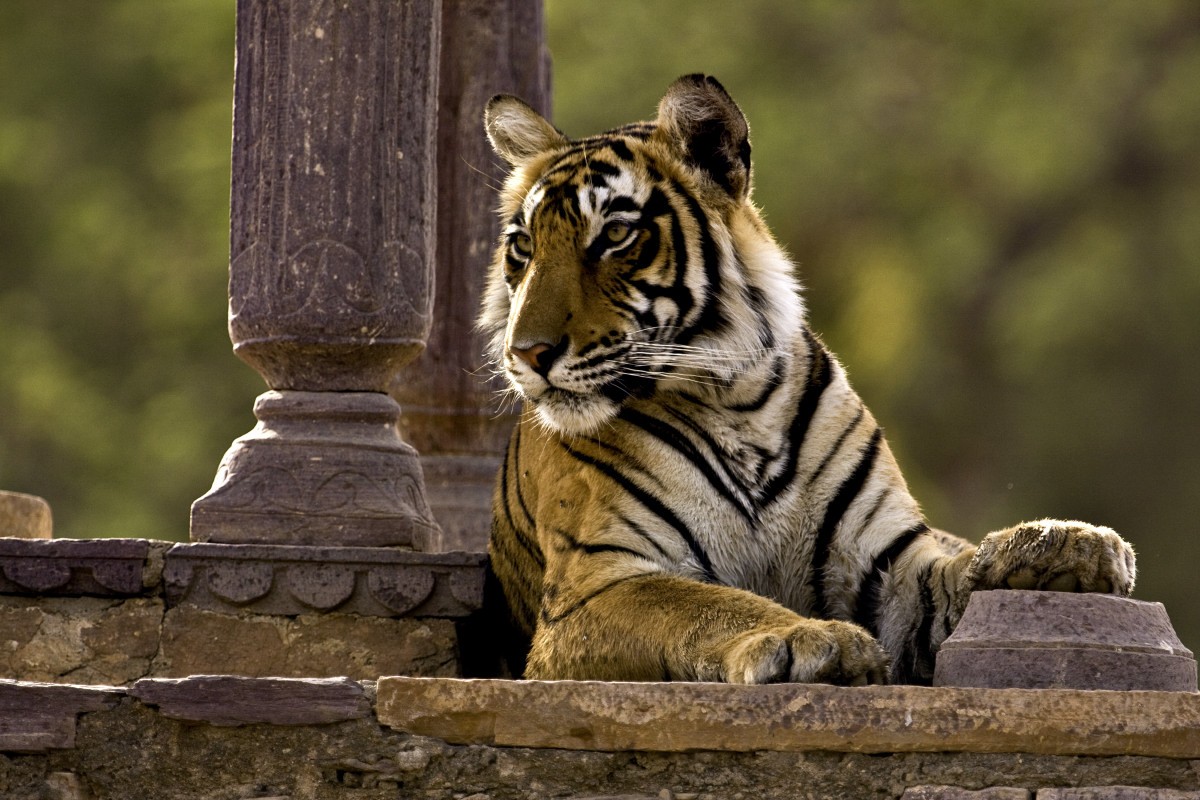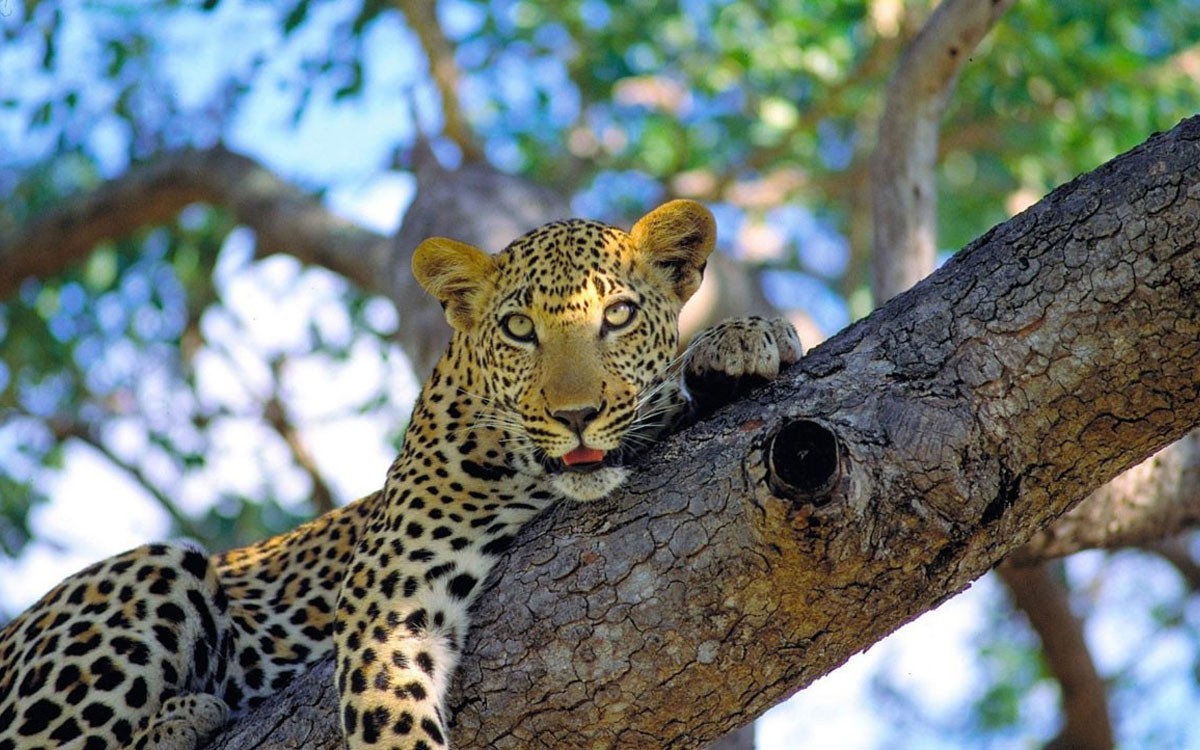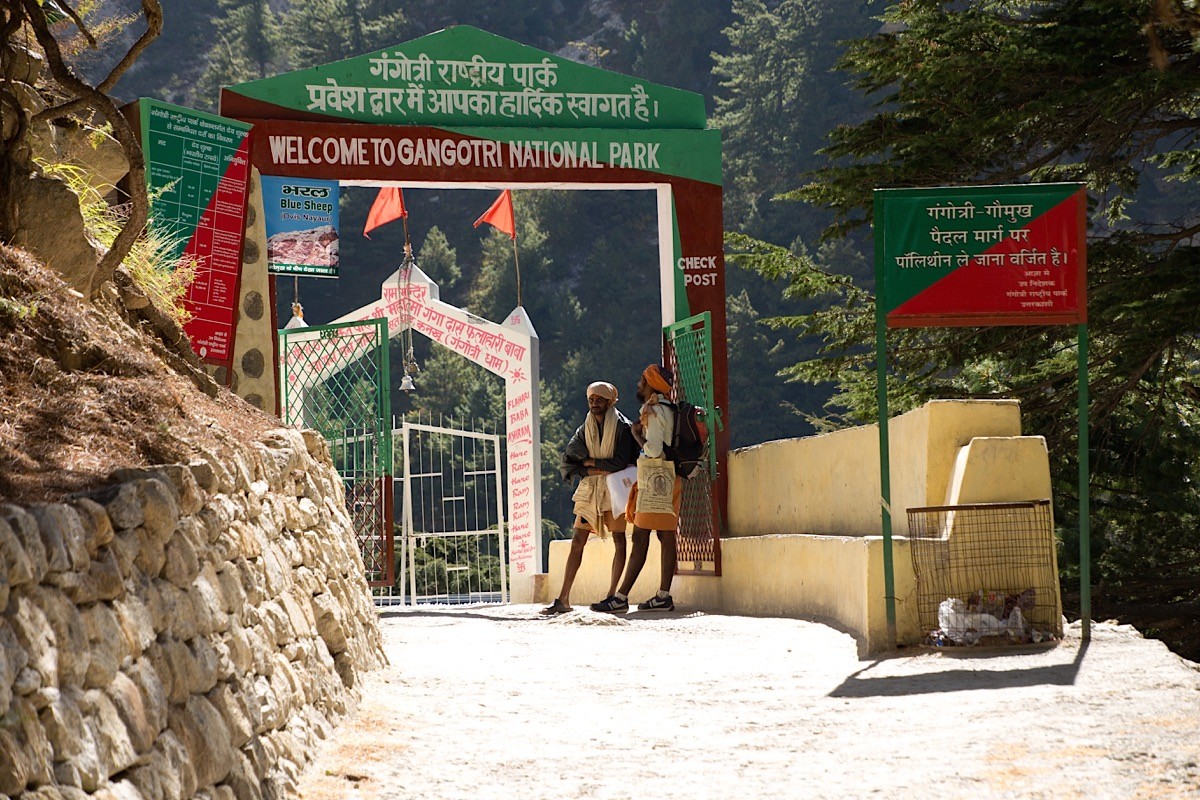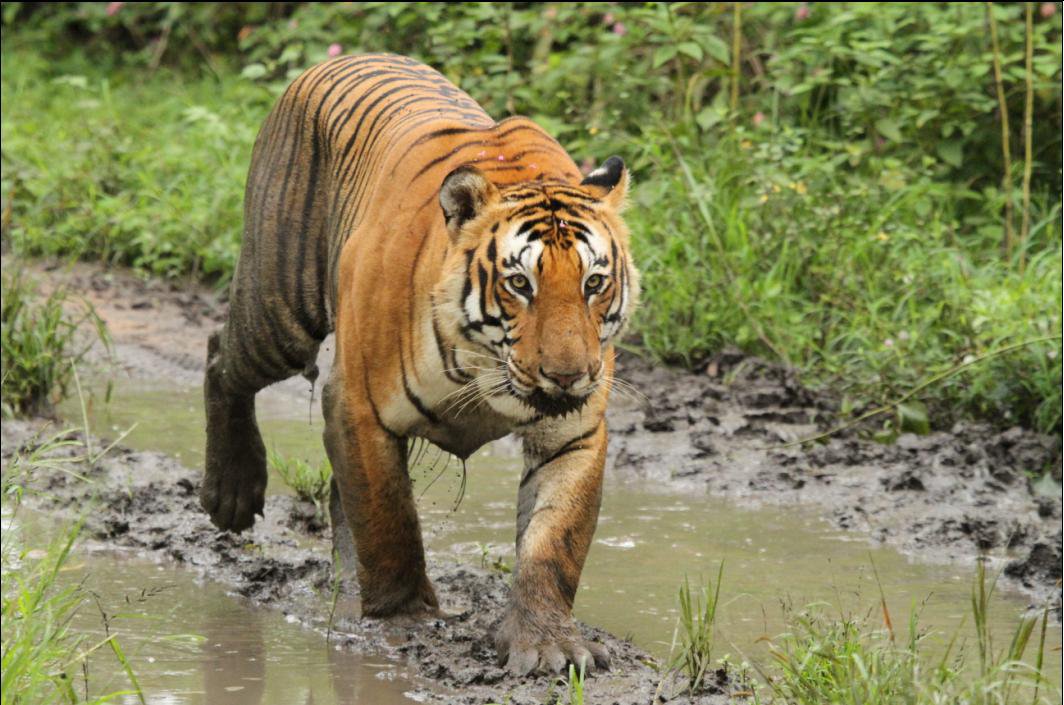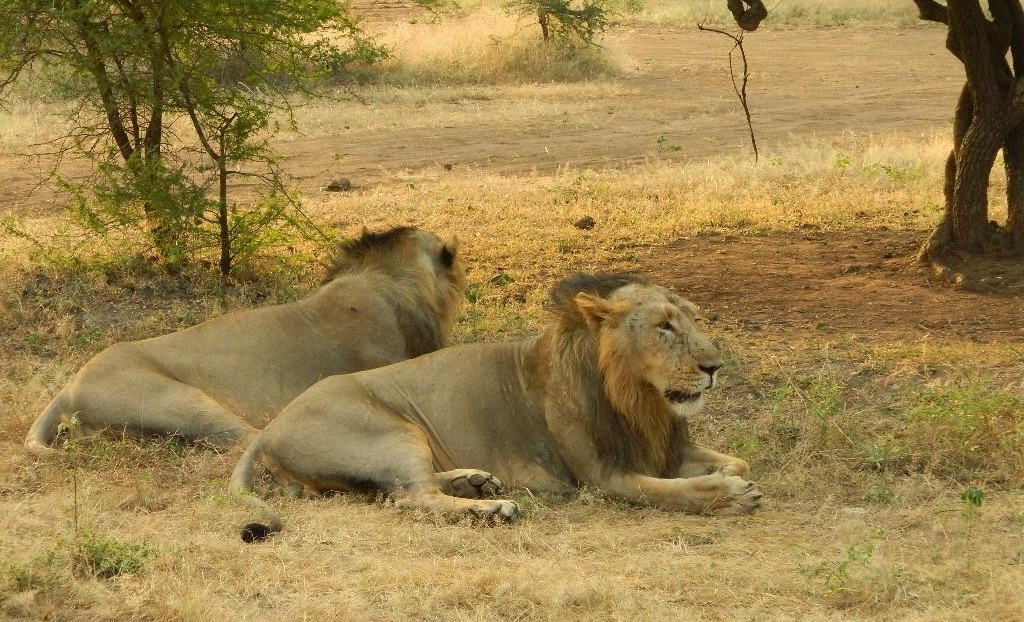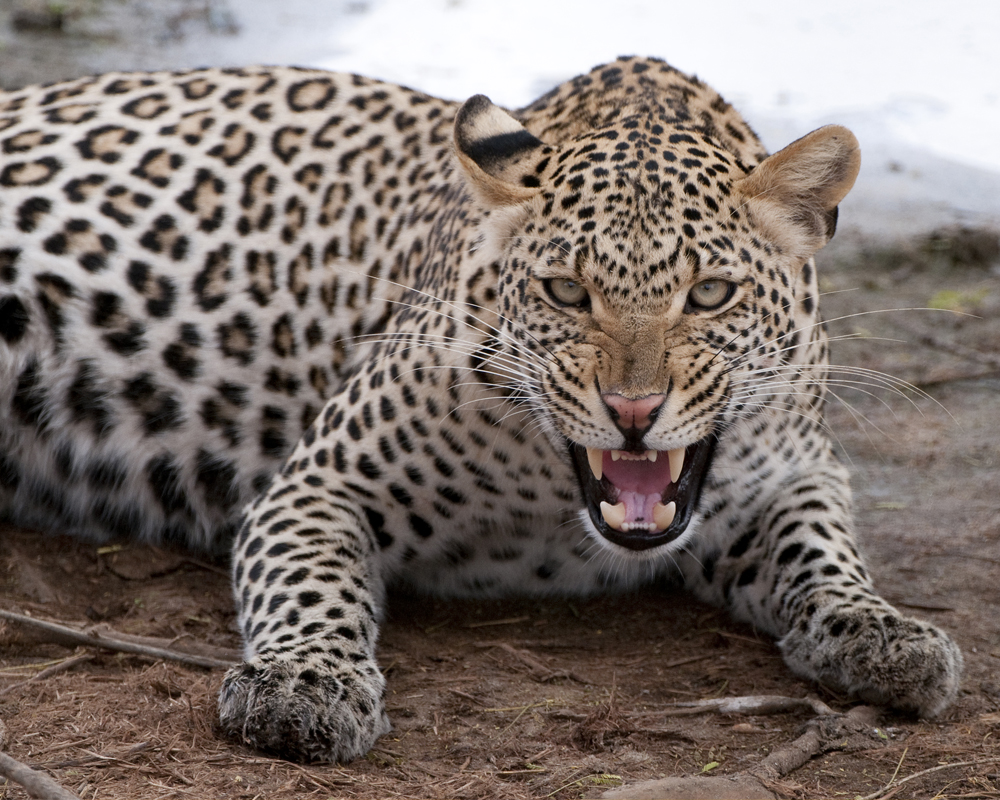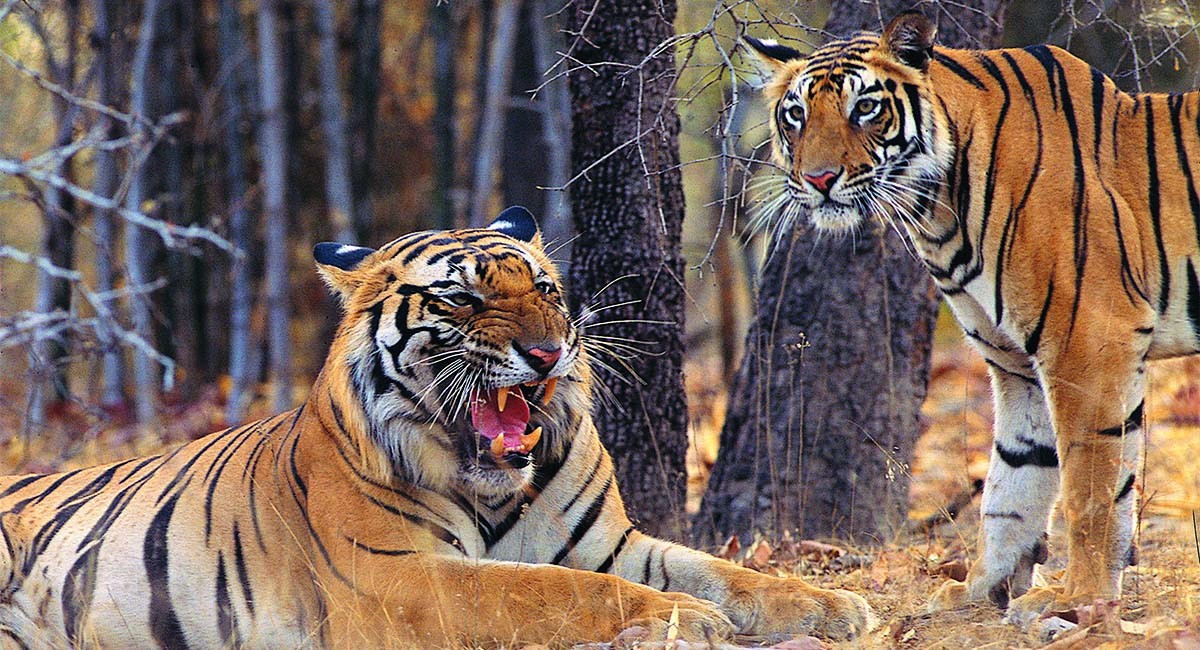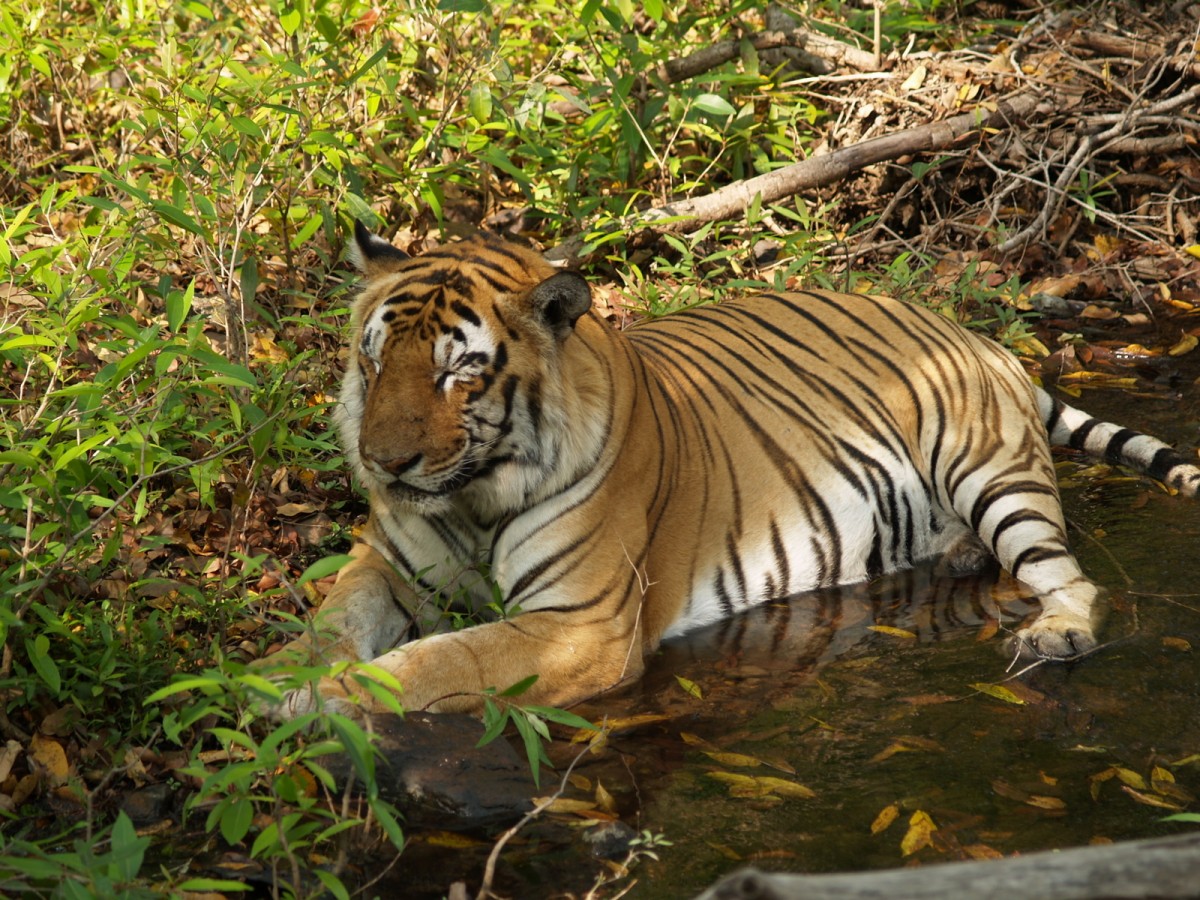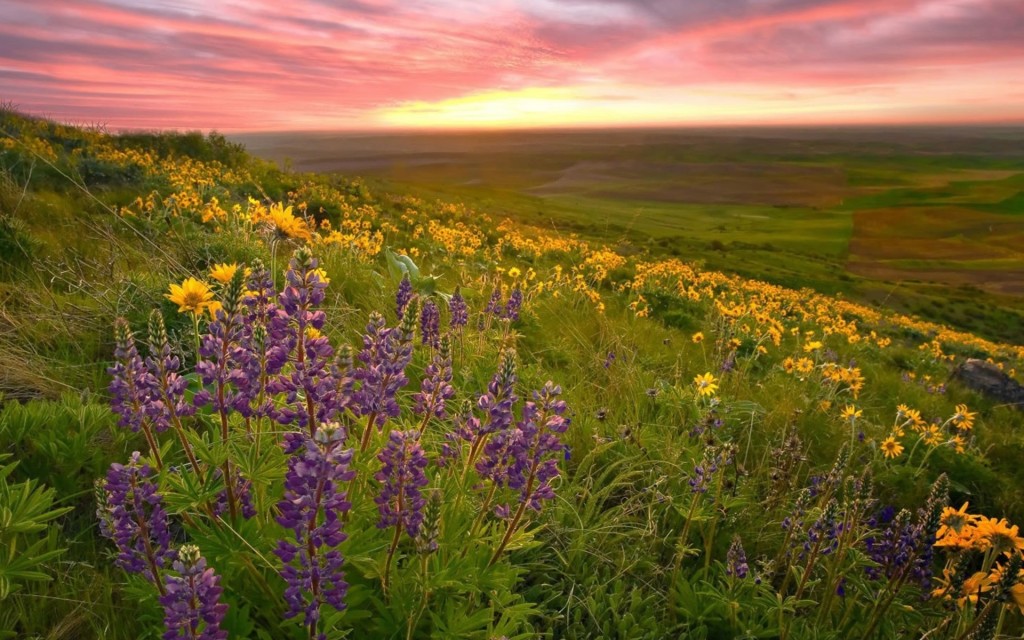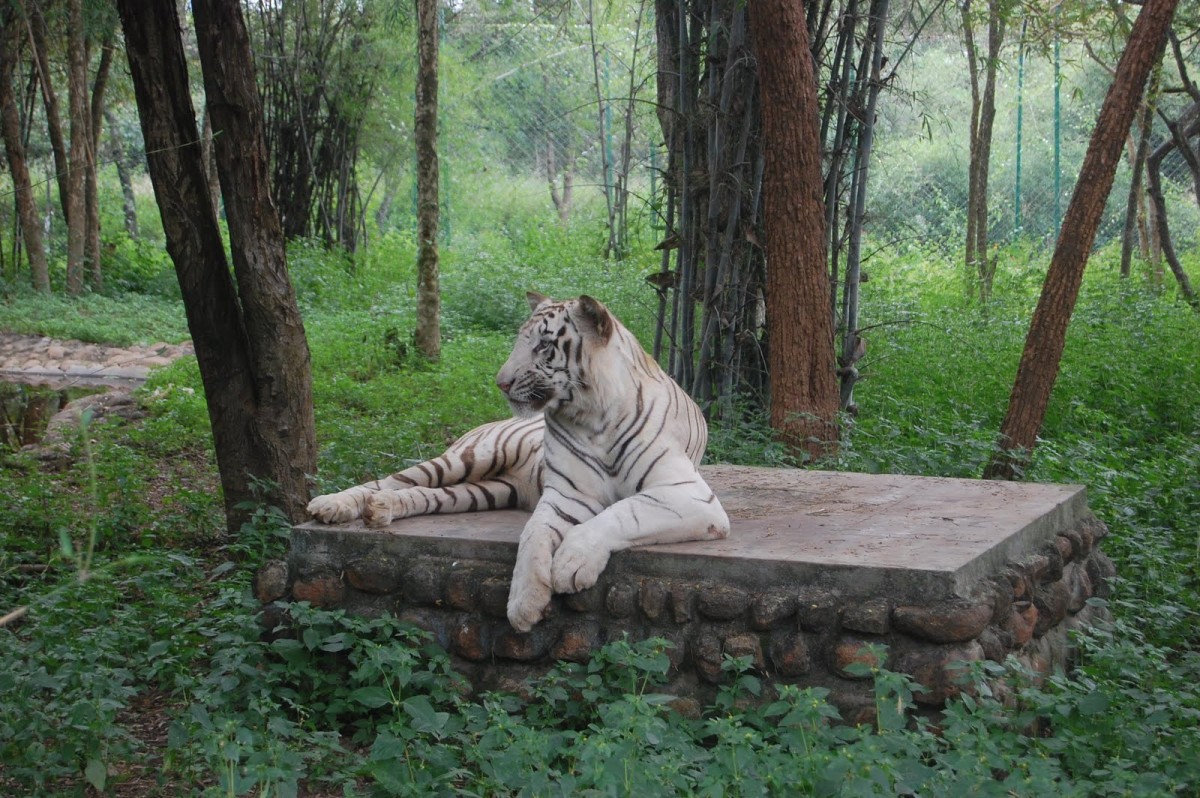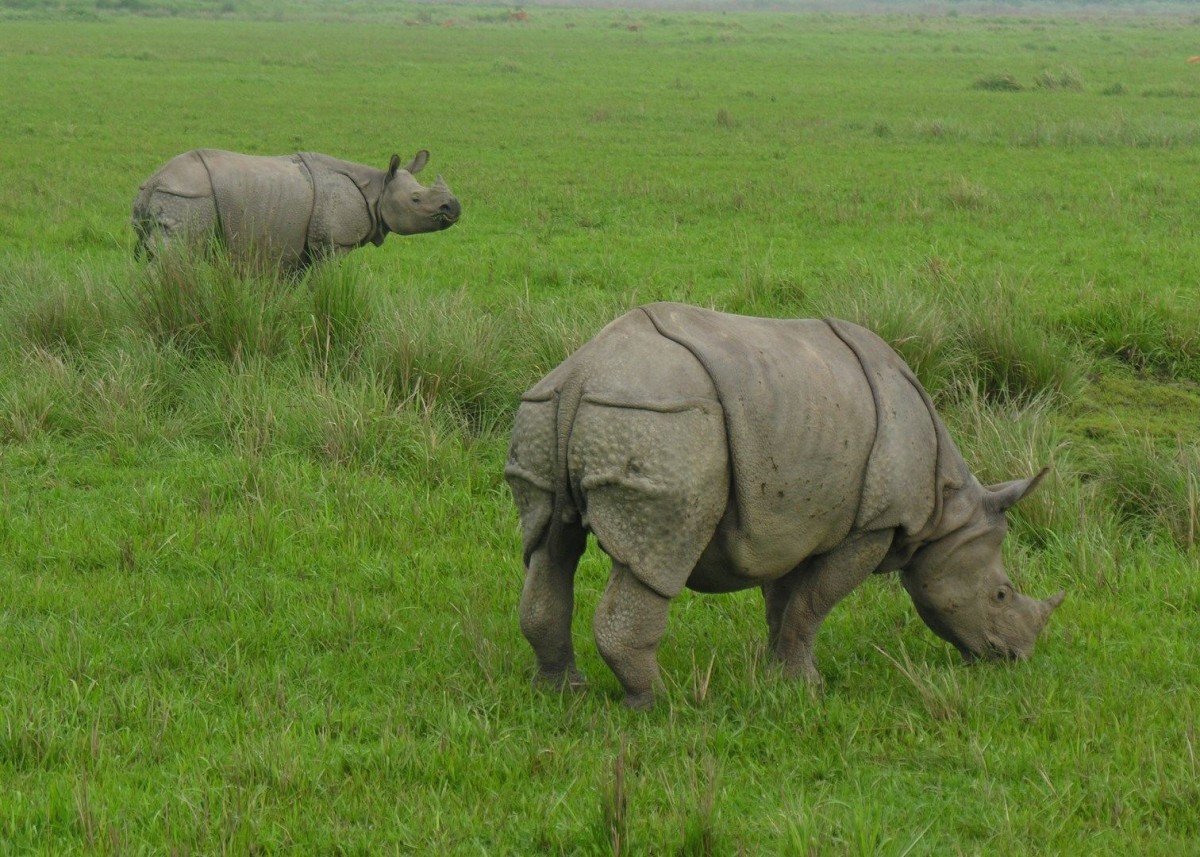
Kaziranga National Park
Park At A Glance
| IUCN Category | II (National park) X (World Heritage Site) |
| State | Assam. |
| District | Golaghat & Nagaon. |
| Area | 471Sq. Km, 42,996ha. An addition of some 45,450 ha is proposed and includes the Brahmaputra River to the north and part of the Mikir Hills to the south. |
| Year of Notification | 11 Feb. 1974 |
| Latitude | 26o 30’-26o 45 N’ |
| Longitude | 93o 05’-93o 40’E |
| Altitude | 40m to 80m. the Mikir Hills rise to about 1,220m. |
| Special Status | Home for one horned Rhino. |
| Topography | Flat area with grasses, swamps & interspersed forest. |
| Temperature | (deg C) |
| Summer | Max. 35, min. 18.3; |
| Winter | Max. 24, Min. 7.2. |
| Rainfall | Heavy in Summer (2300mms). |
| Best Season | Mid- April to Mid- October. |
| Languages spoken | Assamese, Bengali, Hindi and English |
| Rec. Period for Visit | November – March |
| Nearest town | Bokakhat (23 km) |
| Nearest Railway Station | Jorhat (95 km) |
| Nearest Airport | Jorhat (95 km) |
About Kaziranga National Park: Kaziranga National Park lies partly in Golaghat District and partly in Nagaon District of Assam. It is the oldest park in assam covers an area of 430 Sq kms along the river Brahmaputra on the North and the Karbi Anglong hills on the South. The National Highway 37 passes through the park area and tea estates, hemmed by table-top tea bushes. One can even see the rhinos and wild elephants straying near the highway
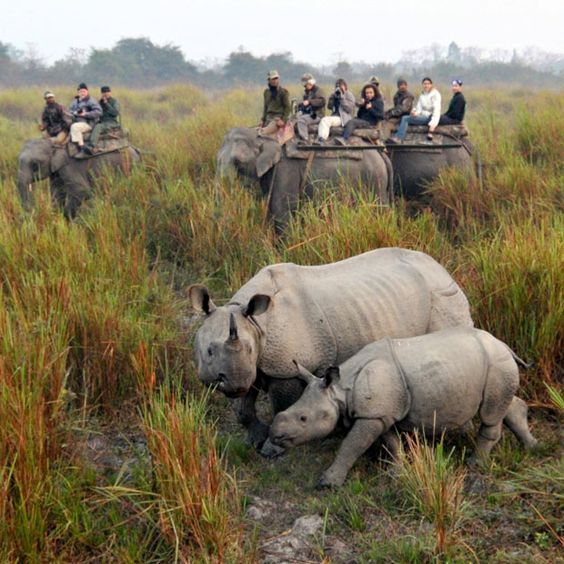
Kaziranga National Park a world heritage site is famous for the Great Indian one horned rhinoceros, the landscape of Kaziranga is of sheer forest, tall elephant grass, rugged reeds, marshes & shallow pools. It has been declared as National Park in 1974.
Kaziranga National Park is one of the last areas in eastern India undisturbed by a human presence. It is inhabited by the world’s largest population of one-horned rhinoceroses, as well as many mammals, including tigers, elephants, panthers and bears, and thousands of birds.
The park is open from November to April. Tourists can take rides on elephants to move around the park or cruise in a boat on the Brahmaputra along the park.
Wildlife in Kaziranga National Park: A moderate climate combined with the availability of enough food resources supports the growth and survival of a unique and diverse wildlife in Kaziranga National Park. Apart from being a rich natural habitat for the great Indian One-horned Rhinos, Kaziranga Wildlife Sanctuary also has a sizable population of the Wild Buffalos and Indian Elephants. Herds of wild elephants, some times numbering up to 200, can be seen migrating from the Mikir hills to the bheels (marshes or ox-bow lakes), offering the most spectacular view to the wildlife enthusiasts.
Kaziranga National Park also shelters about 15 species of India’s threatened mammals. Apart from the above mentioned three, other most notable wildlife of Kaziranga National Park include:

Wildlife Safari in Kaziranga National Park: Kaziranga National Park offers different safari option for widlife enthusiast to see the willd animals in their natural habitat ( Kaziranga National Park). The best time to visit the park for safari is Nov to May. Safari can be under taken at kaziranga by Jeeps and Elephants Only. During safari into the national park you can easily sopt animals like the tiger, rhino, water buffaloes, wild bora, gaur, leopard cats, blackbucks, otters, monitor lizard, barasingha and of course wild elephants. Kaziranga has a large population of colorful birds. Some of the birds that can be commonly sighted during your Kaziranga wildlife safari are the flamingoes, cranes, grey-headed fishing eagle, whistling teal, crested serpent eagle, open-billed stork, swamp partridge, osprey, cormorant, herons, marsh harrier and other birds.
Best time to visit Kaziranga National Park: November to May is the best time for visit in kaziranga national park.
How to reach Kaziranga National Park:
By Air: The nearest airport is Guwahati, which is 217-km from the park. The other airport is located at Jorhat, 97-km from Kaziranga.
By Rail: The nearest railhead is Furkating, situated 75-km away from Kaziranga National Park.
By Road: An extensive network of roads connects Kaziranga to other notable cities in Assam. Guwahati, Tezpur and many other cities are connected to Kaziranga by road.

